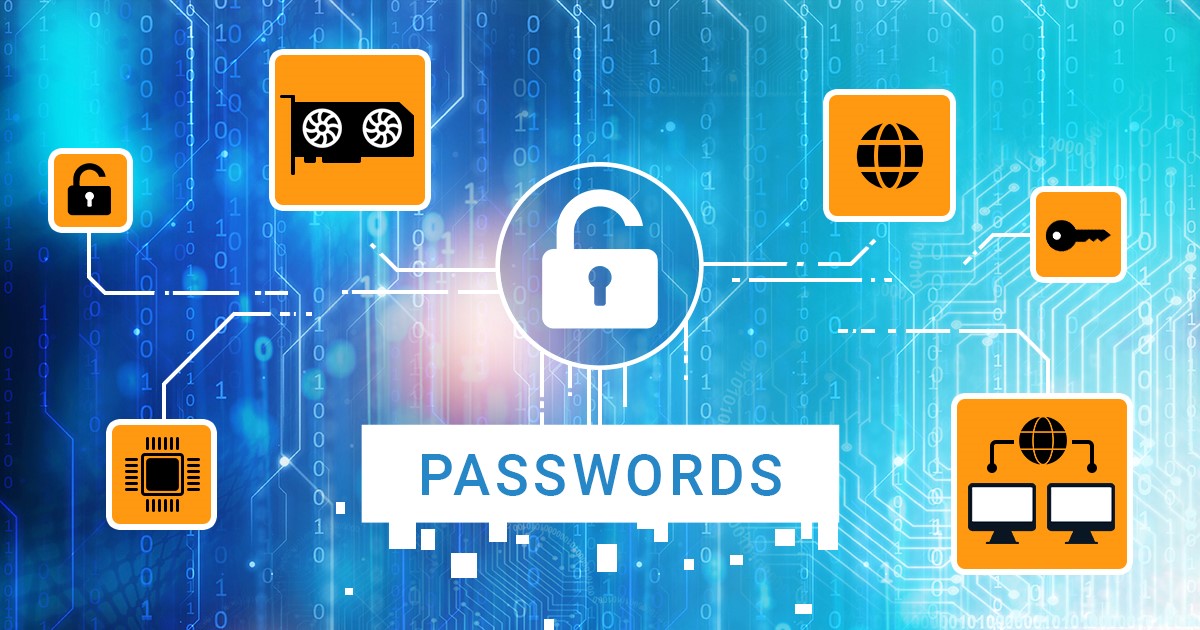The first developer beta of iOS 17.3 includes Stolen Device Protection, a major new security feature designed to protect the user’s sensitive information stored in the device and in iCloud account if their iPhone is stolen and the thief gets access to the phone’s passcode. This optional feature could represent a significant change in how Apple looks at security, where currently the passcode is king. At this time, no detailed documentation is available; developers are getting a prompt to test the feature when installing the new beta.
What can and what cannot be done with an iOS device using Touch ID/Face ID authentication as opposed to knowing the passcode? The differences are huge. For the sake of simplicity, we’ll only cover iOS 12 and 13. If you just want a quick summary, scroll down to the end of the article for a table.
Each iteration of iOS is getting more secure. With no jailbreak available for the current version of iOS, what acquisition methods are available for the iPhone 7, 7 Plus and other devices updating to iOS 10? How does the recent update of Elcomsoft iOS Forensic Toolkit help extracting a locked iOS 10 iPhone? Read along to find out!
Biometric approach to unlocking portable electronics has been on the rise since late 2013 when Apple released iPhone 5S. Ever since, manufacturers started adding fingerprint scanners to their devices. In the world of Android, this was frequently done without paying much (if any) attention to actual security. So how do these systems compare?


